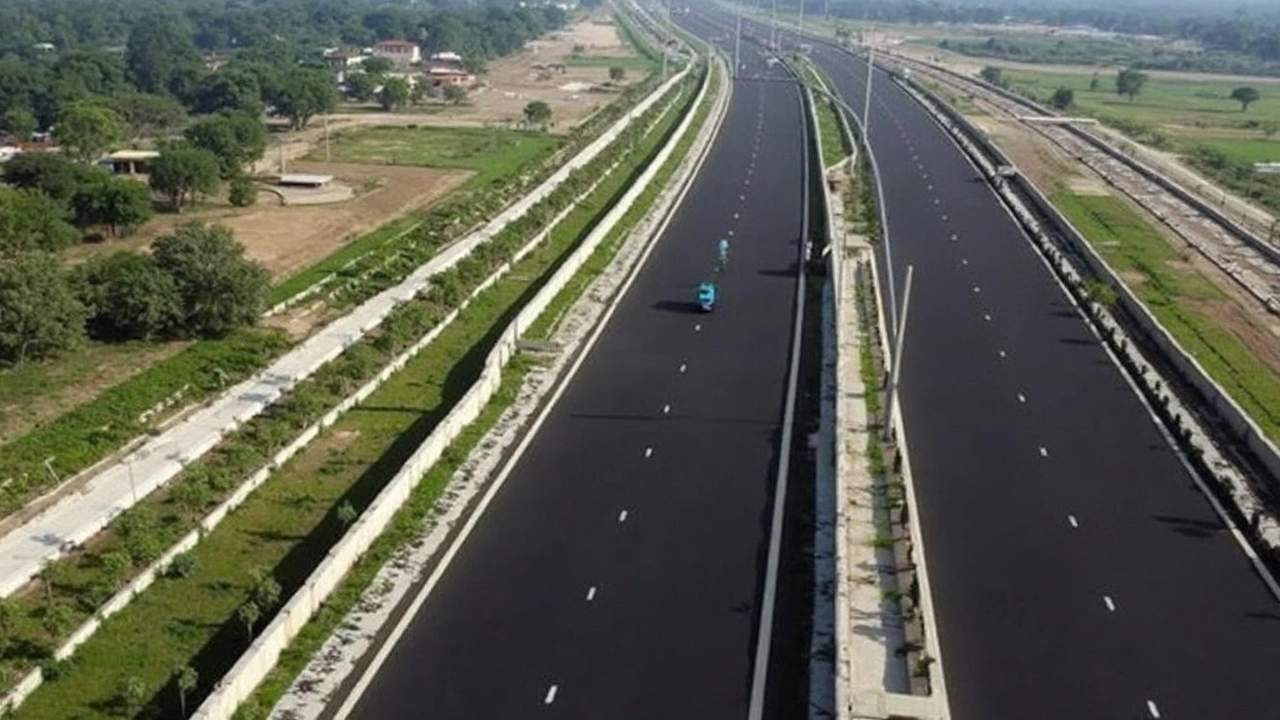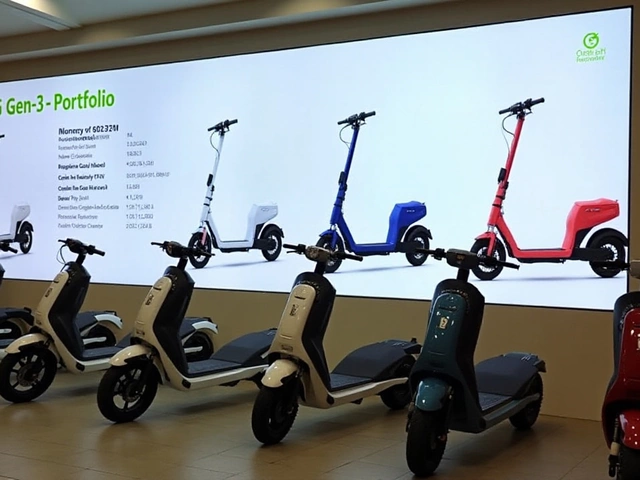Infrastructure Development: What’s Happening Now?
When you hear the phrase “infrastructure development,” you probably think of roads, bridges, and big construction sites. But it also covers how weather, policies, and even holidays affect those projects. Below, we break down the most useful bits you need to know right now.
Weather Impacts on Ongoing Projects
Heavy rain in Delhi, Kolkata, and Uttar Pradesh is more than just a inconvenience for commuters. Flooded streets and water‑logged sites can halt concrete pouring, delay foundation work, and push project timelines back weeks. For example, the recent orange alert in Delhi‑NCR forced many construction crews to pause work for safety. If you’re following a project, check the local weather forecast regularly – a sudden downpour can mean a new completion date.
Policy Changes That Shape Building Plans
Government decisions often steer where and how infrastructure grows. Recent tariff rulings on imports and the U.S. 50% tariff on Indian goods can raise material costs, which in turn make some projects less viable. Similarly, bank holidays like Janmashtami affect cash flow for contractors who rely on daily transactions. Staying aware of these policy shifts helps you anticipate cost changes before they hit the budget.
Another key factor is the push for greener construction. Many cities now require environmental clearances for large projects, meaning developers must plan for waste management and energy‑efficient designs. These regulations may seem like extra paperwork, but they also open doors for modern, sustainable building methods.
So, how can you keep track? Sign up for local government alerts, follow reliable news sources, and join industry forums where professionals share updates. A quick daily check can save you from surprise delays or unexpected price hikes.
When projects do face setbacks, the solution often lies in flexible planning. Contractors who can shift crews to other sites or adjust work hours around weather windows tend to finish on time. If you’re involved in a project, ask the manager about contingency plans – they’re usually already in place, even if you don’t see them.
Infrastructure isn’t just about new highways or skyscrapers. It also includes maintenance of existing assets like water pipes, power lines, and public transport. Cities constantly spend on repairs to keep daily life running smoothly. Knowing which maintenance projects are scheduled can help residents plan around road closures or service interruptions.
Technology is speeding up how we build, too. Drone surveys, BIM (Building Information Modeling), and real‑time data tracking allow teams to spot issues early. If a site uses these tools, you’ll likely see fewer surprises and faster decision‑making.
Finally, community involvement matters. When residents voice concerns about noise, traffic, or environmental impact, developers often adjust plans to address those worries. Engaging with local groups early can smooth the approval process and build goodwill.
Bottom line: Infrastructure development is a moving target. Weather, policy, technology, and community feedback all play a role. By staying informed and asking the right questions, you can navigate the ever‑changing landscape with confidence.
Bihar's JP Ganga Path Expansion Set to Improve Connectivity Across Key Cities
Bihar's JP Ganga Path is undergoing a significant expansion to improve connectivity between key cities like Patna and Ara, Buxar, and Mokama. This 36.65-kilometre project includes elevated roads and a new four-lane route, aiming to reduce congestion and enhance regional integration. With a substantial investment of Rs 6,689.7 crore, the development is a key priority for Chief Minister Nitish Kumar.





